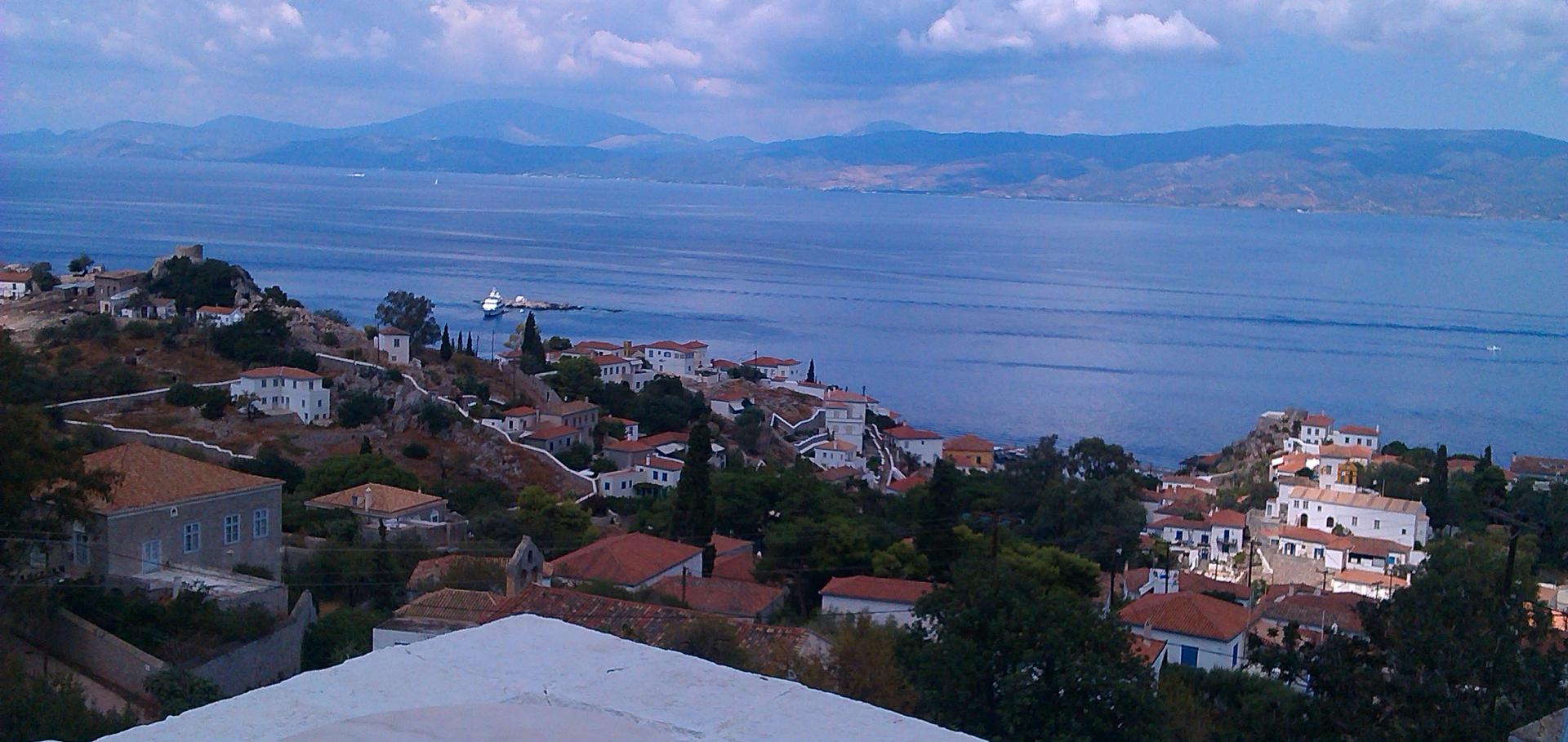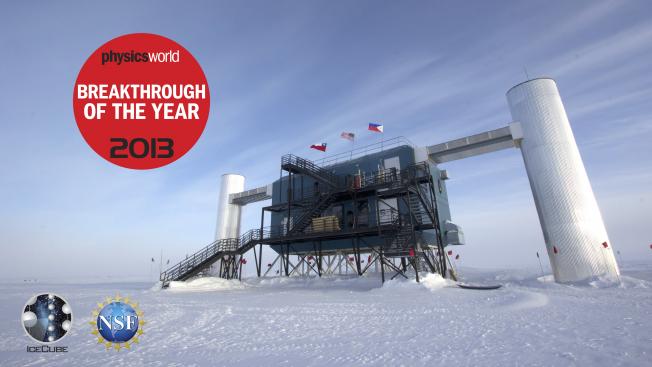ENERGY DEPENDENCE OF THE RATIO OF CALCIUM GROUP TO IRON GROUP NUCLEI IN LOW-ENERGY (50-MEV/AMU - 150-MEV/AMU) COSMIC RAYS. (TALK)
(1979)
OBSERVATIONS OF RELATIVISTIC IRON GROUP NUCLEI OF COSMIC RAYS IN CR-39 TRACK DETECTOR. (TALK, ABSTRACT ONLY)
(1979)
A search for IceCube events in the direction of ANITA neutrino candidates
The Astrophysical Journal: an international review of astronomy and astronomical physics American Astronomical Society
Abstract:
During the first three flights of the Antarctic Impulsive Transient Antenna (ANITA) experiment, the collaboration detected several neutrino candidates. Two of these candidate events were consistent with an ultra-high-energy up-going air shower and compatible with a tau neutrino interpretation. A third neutrino candidate event was detected in a search for Askaryan radiation in the Antarctic ice, although it is also consistent with the background expectation. The inferred emergence angle of the first two events is in tension with IceCube and ANITA limits on isotropic cosmogenic neutrino fluxes. Here, we test the hypothesis that these events are astrophysical in origin, possibly caused by a point source in the reconstructed direction. Given that any ultra-high-energy tau neutrino flux traversing the Earth should be accompanied by a secondary flux in the TeV-PeV range, we search for these secondary counterparts in seven years of IceCube data using three complementary approaches. In the absence of any significant detection, we set upper limits on the neutrino flux from potential point sources. We compare these limits to ANITA's sensitivity in the same direction and show that an astrophysical explanation of these anomalous events under standard model assumptions is severely constrained regardless of source spectrum or time profile.All-flavor constraints on nonstandard neutrino interactions and generalized matter potential with three years of IceCube DeepCore data
Physical Review D: Particles, Fields, Gravitation and Cosmology American Physical Society
Abstract:
We report constraints on nonstandard neutrino interactions (NSI) from the observation of atmospheric neutrinos with IceCube, limiting all individual coupling strengths from a single dataset. Furthermore, IceCube is the first experiment to constrain flavor-violating and nonuniversal couplings simultaneously. Hypothetical NSI are generically expected to arise due to the exchange of a new heavy mediator particle. Neutrinos propagating in matter scatter off fermions in the forward direction with negligible momentum transfer. Hence the study of the matter effect on neutrinos propagating in the Earth is sensitive to NSI independently of the energy scale of new physics. We present constraints on NSI obtained with an all-flavor event sample of atmospheric neutrinos based on three years of IceCube DeepCore data. The analysis uses neutrinos arriving from all directions, with reconstructed energies between 5.6 GeV and 100 GeV. We report constraints on the individual NSI coupling strengths considered singly, allowing for complex phases in the case of flavor-violating couplings. This demonstrates that IceCube is sensitive to the full NSI flavor structure at a level competitive with limits from the global analysis of all other experiments. In addition, we investigate a generalized matter potential, whose overall scale and flavor structure are also constrained.Characteristics of the diffuse astrophysical electron and tau neutrino flux with six years of IceCube high energy cascade data
Physical Review Letters American Physical Society



